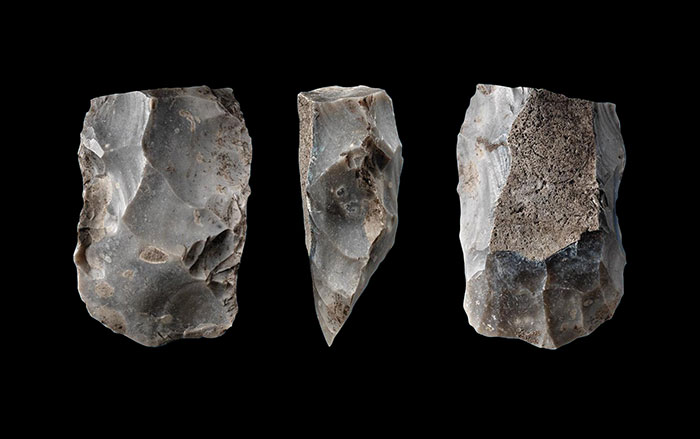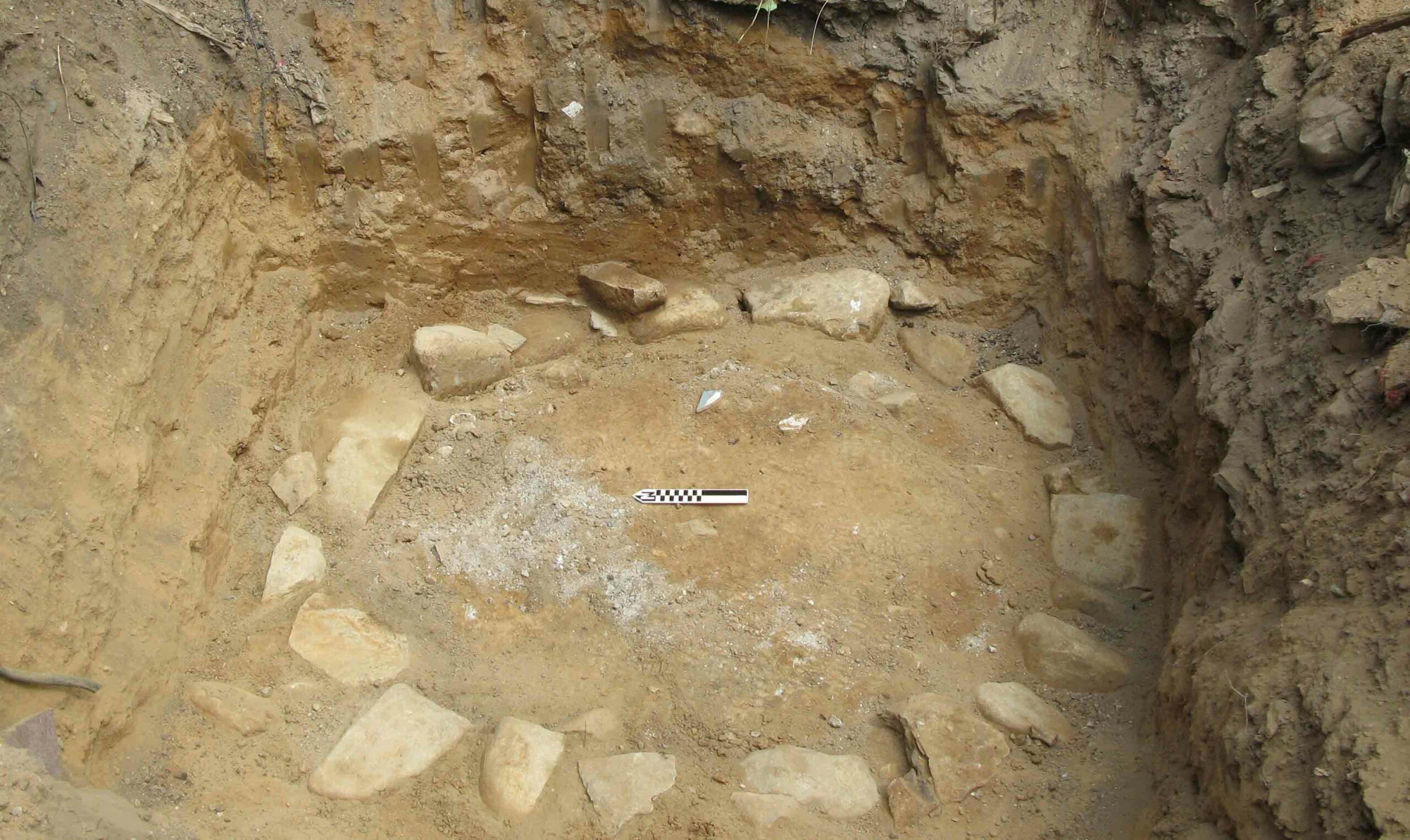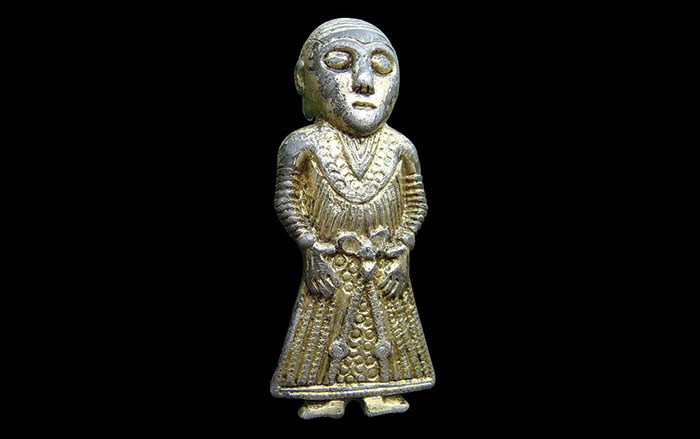
FALSTER, DENMARK—Footprints thought to have been left by fishermen 5,000 years ago have been found by archaeologists working ahead of the planned construction of the Femern Belt Tunnel, which will connect Denmark and Germany. “We normally find historical clues in the form of human waste, but here we have found an entirely different clue and a first in Danish archaeology: a physical print left behind by a human,” archaeologist Terje Stafseth of the Museum Lolland-Falster told The Copenhagen Post. The prints are thought to have been made by two individuals who waded out into a silted seabed to repair and eventually move their weirs from the flooding. “We can follow the footprints, sense the importance of these weirs and know they would have been an important source of nutrition for the coastal community,” Stafseth added. To read about a similar site, see "England's Oldest Footprints."










